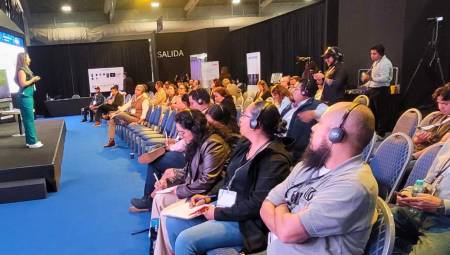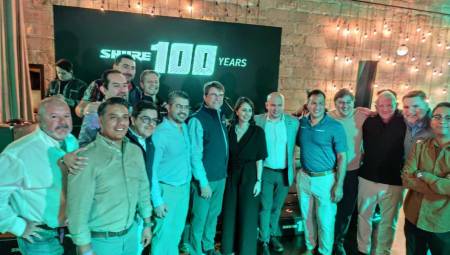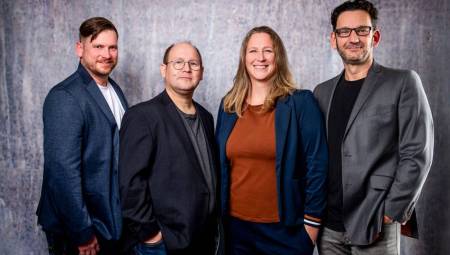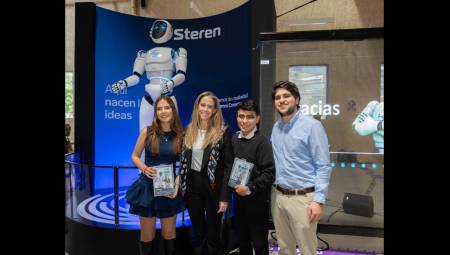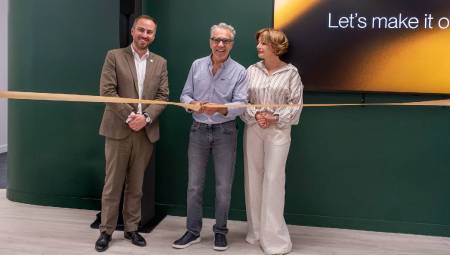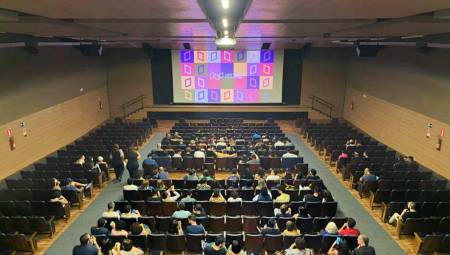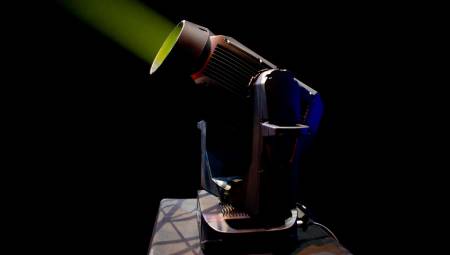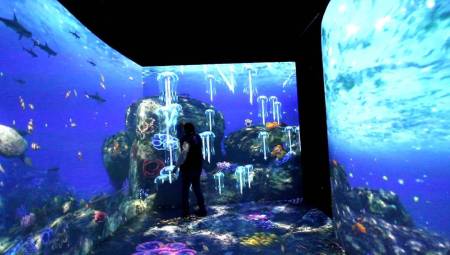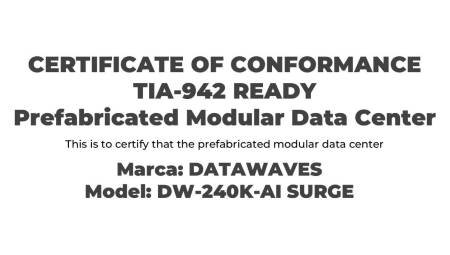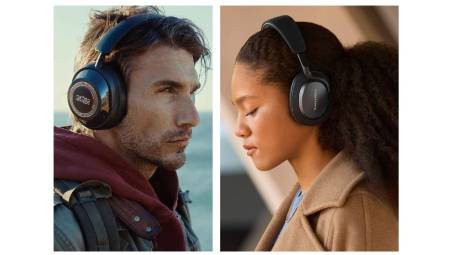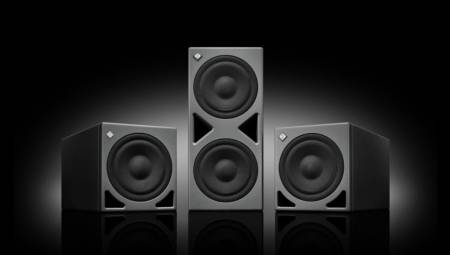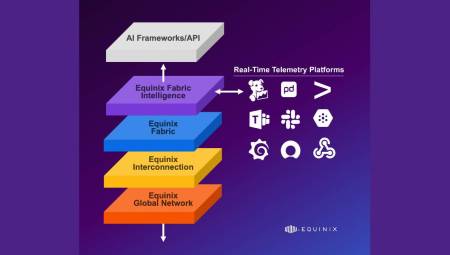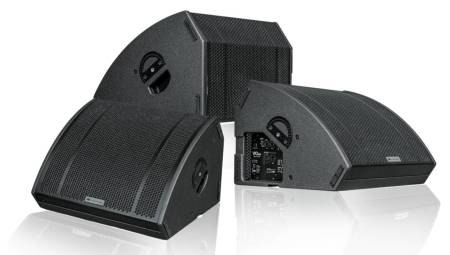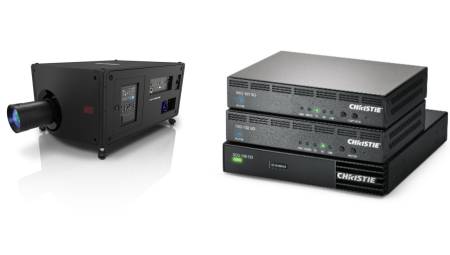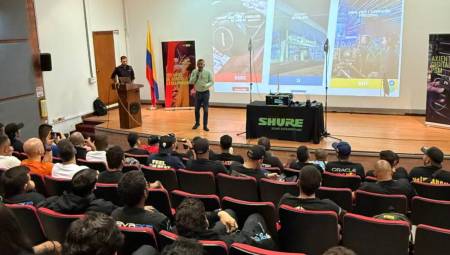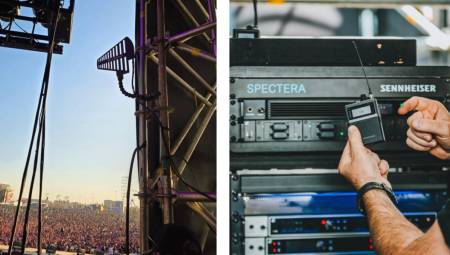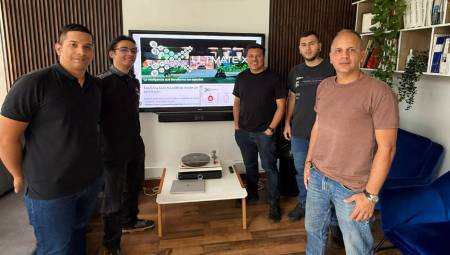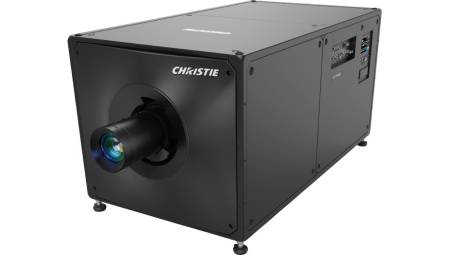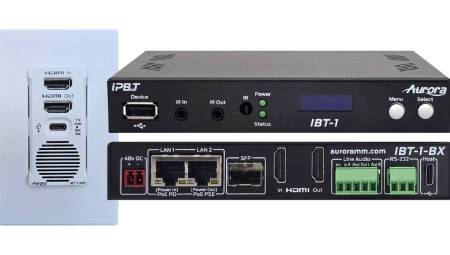 International. Genelec announced a significant first step to improve the reliability of headphone listening through the introduction of its new Aural ID software technology.
International. Genelec announced a significant first step to improve the reliability of headphone listening through the introduction of its new Aural ID software technology.
Auditory identification works by acquiring a person's unique acoustic attributes to create detailed modeling of their unique anatomical features that affect hearing, which can then be compensated for, allowing for the delivery of more truthful and reliable sound when using headphones for reproduction.
Recognizing that traditional "one-size-fits-all" headphone playback cannot provide a reliable and suitable reference for audio professionals, Aural ID calculates the transfer function related to the Head Related Transfer Function (HRTF). HRTF describes the acoustic properties of the head, upper torso, and outer ear: elements that interact in complex ways to affect sounds reaching the eardrums.
Aural ID then calculates all these elements and creates a personal data file that characterizes the modification of the sound that arrives from any azimuth and elevation. Therefore, this file allows an audio engine to accurately play stereo or surround content through headphones.
Until now, the collection of HRTF personal information has been a complex and time-consuming process that requires an anechoic room, the placement of measuring microphones at the entrance to the user's ear canals, and careful attention to the configuration and details of the procedure with multiple measurements. However, even after these steps have been taken, the data collected is less comprehensive than what can be obtained with auditory identification and can still be prone to errors.
In contrast, the Genelec Aural ID software simply requires the user to provide a 360-degree video of their head and shoulder region, for which a high-quality camera for mobile phones is sufficient. Once the video is uploaded to Genelec's web-based calculation service, the calculation process first builds an accurate and detailed 3D model scaled to the correct dimensions of the head and upper torso, with special attention to the modeling of the outer ears.
After this, acoustic fields are analyzed and calculated numerically with a full-wave method to capture detailed acoustic phenomena. Acoustic fields are calculated for hundreds of different audio orientations approaching the head, after which HRFTs are formed and the data is finally compiled into a downloadable SOFA file, a format that has been defined and standardized by the Audio Engineering Society (AES). This maximizes the technical compatibility of the HRTF data file, as the SOFA format is already compatible with many virtual reality (VR) rendering engines and games.
In fact, Genelec considers that those working in academic research, immersive audio monitoring, VR, and game development are likely early adopters of the new Aural ID technology.












































